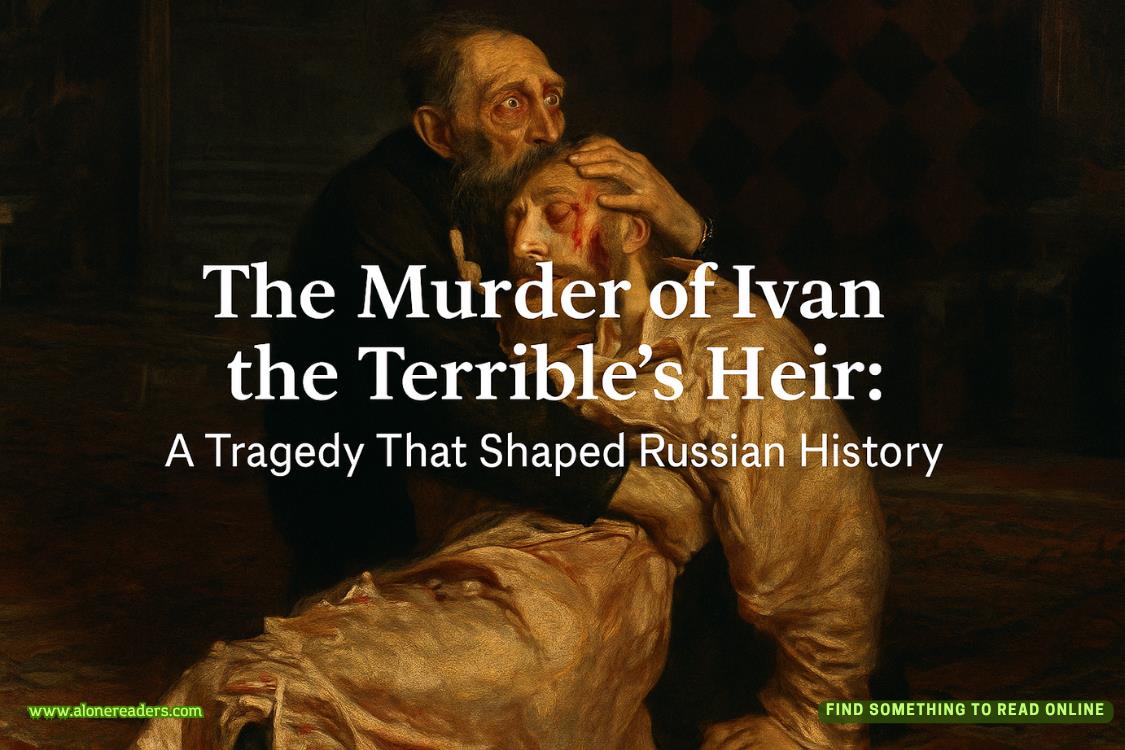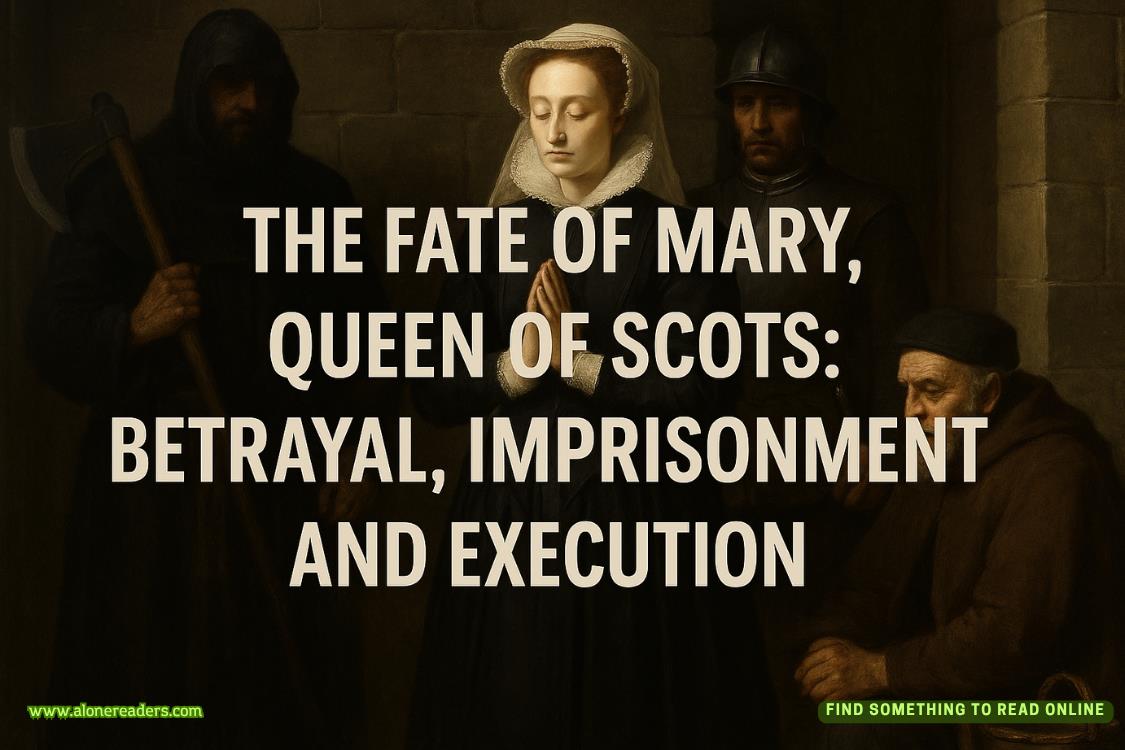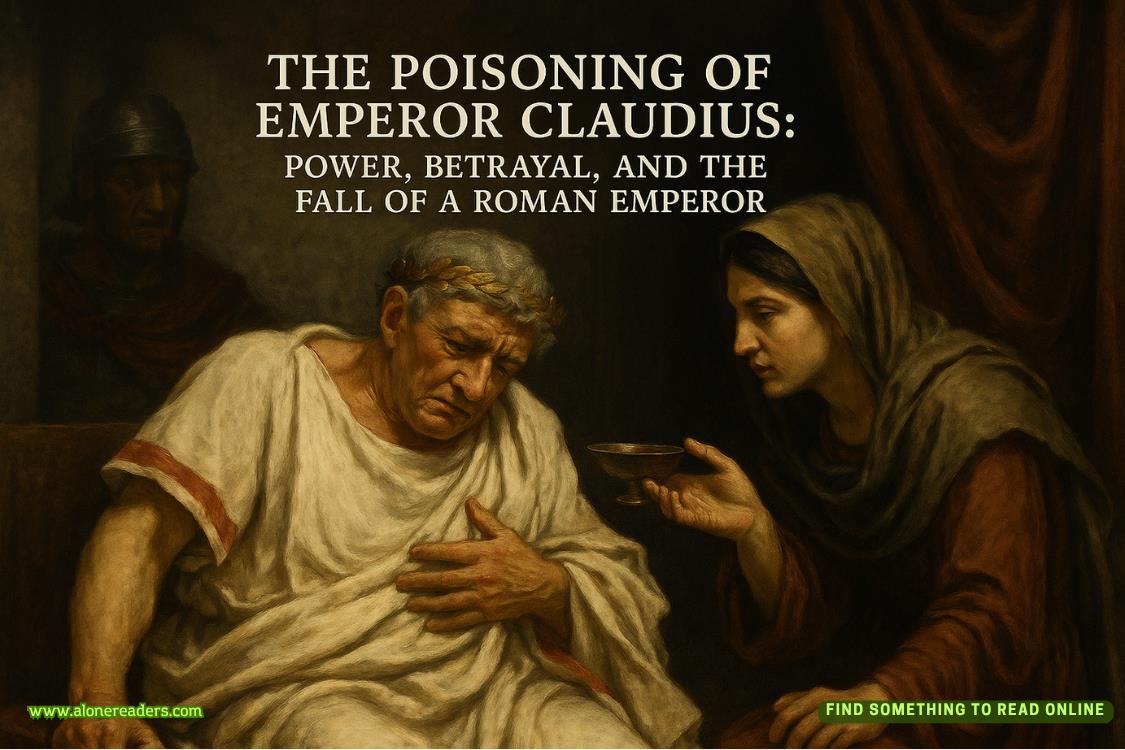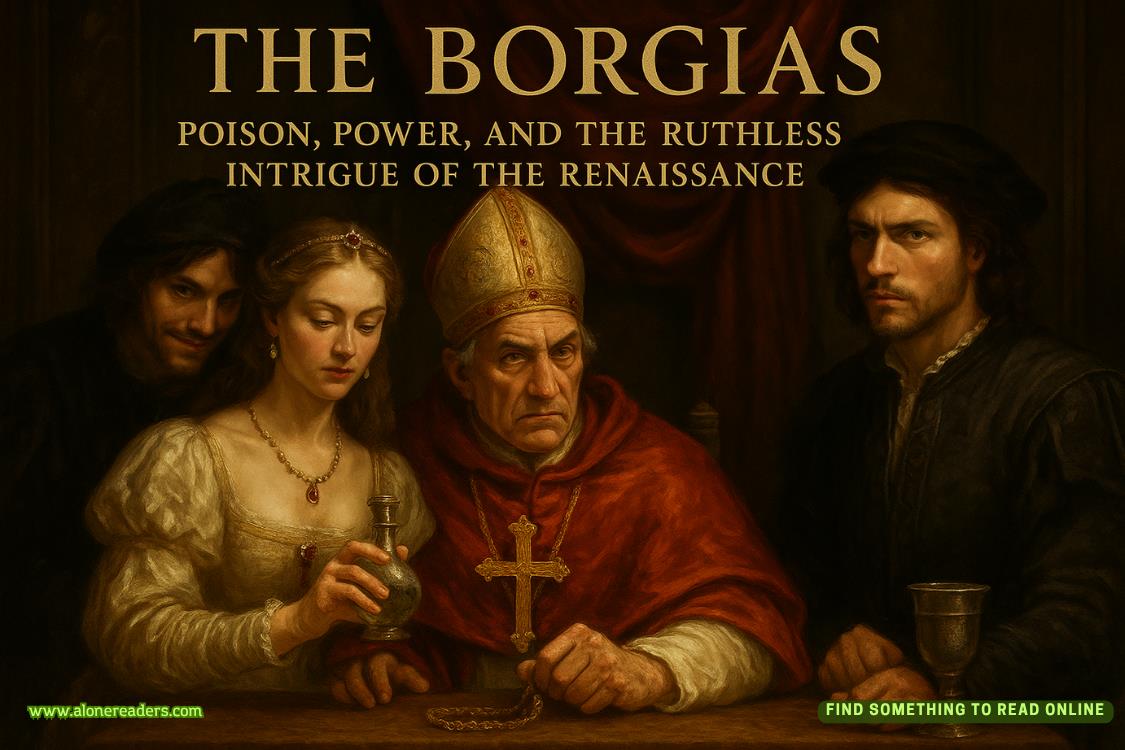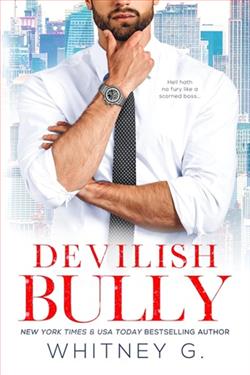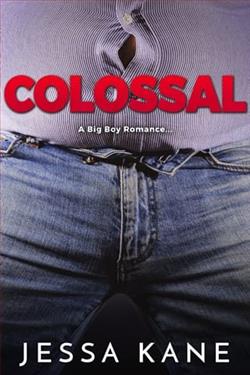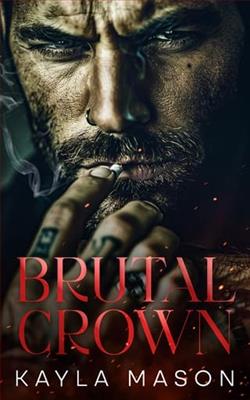Page 1 of The Phantom of Manhattan
IN ATTEMPTING TO ENVISAGE THE CITY OF NEW York in the year 1906 I was given great help by both Professor Kenneth T. Jackson of Columbia University and Mr Caleb Carr, whose books The Alienist and Angel of Darkness so vividly bring to life what it must have been like to live in Manhattan around the turn of the century.
For a detailed description of the origins and development of Coney Island and its funfairs at the same period my thanks are due to Mr John B. Manbeck, the Borough Historian of Brooklyn.
For all matters concerning grand opera and most notably the opening of the Manhattan Opera House on 3 December 1906, I had recourse to none other than Mr Frank Johnson, editor of the Spectator, who was unstinting in his helpfulness and has surely forgotten more about opera than I shall ever know.
The idea of even attempting to write a sequel to The Phantom of the Opera derives from a first conversation with Andrew Lloyd Webber himself. It was during further and intensive discussion that the basic outline emerged between us and I remain grateful for the benefit of his imagination and enthusiasm.
PREFACE
WHAT HAS NOW BECOME THE LEGEND OF THE Phantom of the Opera began in the year 1910 in the mind of a French author now almost completely forgotten.
As with Bram Stoker and Dracula, Mary Shelley and Frankenstein, Victor Hugo and Quasimodo, the Hunchback of Notre Dame, Gaston Leroux chanced upon a vague folk-tale and saw within it the kernel of a truly tragic story. From this he spun his tale. But here the similarities must end.
The other three works became immediate popular successes and remain to this day legends known to every reader, cinema-goer and millions more besides. Around Dracula and Frankenstein entire industries have been built, with scores if not hundreds of reprints and re-creations on film. Leroux, alas, was no Victor Hugo. When his slim little book emerged in 1911 it caused a brief flutter in France and even received newspaper serialization before falling into virtual oblivion. Only a fluke eleven years later, five years before the author’s death, brought his story back into prominence and set it on the road to immortality.
That fluke took the form of a very small and genial once-German Jew called Carl Laemmle who had emigrated to America as a boy and by 1922 had become president of Universal Motion Pictures of Hollywood. In that year he took a vacation in Paris. Leroux had by then started to dabble in the smaller French film industry and it was through this connection that the two men met.
In an otherwise desultory conversation the American film mogul mentioned to Leroux how impressed he had been by the vast Paris Opera House, still to this day the biggest in the world. Leroux responded by giving Laemmle a copy of his even-by-then disregarded book of 1911. The president of Universal Pictures read it through in a single night.
It just so happened that Carl Laemmle had both an opportunity and a problem on his mind. The opportunity was his recent discovery of a strange actor called Lon Chaney, a man with a face so mobile that it could assume almost any shape its owner wished. As a vehicle for Chaney, Universal had committed itself to making the first film of Hugo’s Notre Dame de Paris, then already a classic. Chaney would play the deformed and impressively ugly Quasimodo. The set was already under construction in Hollywood, a huge timber and plaster replica of medieval Paris with Notre Dame in the foreground.
Laemmle’s problem was what vehicle to offer Chaney next, before he was stolen away by a rival studio. By dawn he thought he had his project. After the hunchback, Chaney would star as the equally disfigured and repulsive but essentially tragic Phantom of the (Paris) Opera. Like all good showmen, Laemmle knew that one way to pack audiences into cinemas was to frighten them out of their socks. The Phantom, he reckoned, ought to do that, and he was right.
He bought the rights, returned to Hollywood and ordered the construction of another set, this time of the Paris Opera House. Because it would have to support a cast of hundreds of extras, the Universal replica of the Opera became the first to be created with steel girders set in concrete. For that reason it was never dismantled, sits on Stage 28 at Universal Studios to this day, and has been reused many times over the years.
Lon Chaney duly starred in (first) The Hunchback of Notre Dame and then The Phantom of the Opera. Both were great commercial successes and established Chaney as
an immortal in that kind of role. But it was the Phantom who so frightened the audiences that women screamed and even fainted, and in a masterly PR coup smelling-salts were available free in the foyer!
It was the film rather than Leroux’s overlooked and largely forgotten book that caught the imagination of the wider public and created the birth of the Phantom legend. Two years after its premiere Warner Brothers released The Jazz Singer, the first talking picture, and the era of silent movies was over.
Since then there have been various representations of the Phantom of the Opera story but in most cases the tale was so altered as to be hardly recognizable and they made little impact. In 1943 Universal did a remake of their twenty-year-old property starring Claude Rains as the Phantom and in 1962 Hammer Films of London, specialists in horror movies, tried again, starring Herbert Lom in the title role. A TV version in 1983 with Maximilian Schell succeeded a filmed ‘rock’ version by Brian de Palma in 1974. Then in 1984 a young British director produced a lively but very camp version of the story at a small theatre in east London - but as a stage musical. Among those who read the reviews and went to see it was Andrew Lloyd Webber. Unbeknown to himself, Monsieur Leroux’s old story had just reached another turning-point in its career.
Lloyd Webber was actually working on something else at the time - the ‘something else’ would turn out to be Aspects of Love. But the story of the Phantom stayed in his mind and nine months later in a secondhand bookstore in New York he chanced upon an English translation of the original Leroux work.
Like most perceptions of extreme acuteness, Lloyd Webber’s judgement looks simple enough in hindsight but was destined to change the world’s attitude to this ill-used legend. He saw that it was not basically a horror story at all, nor one based on hatred and cruelty, but a truly tragic tale of obsessive but unrequited love between a desperately disfigured self-exile from the human race and a beautiful young opera singer who eventually prefers to give her love to a handsome aristocratic suitor.
So Andrew Lloyd Webber went back to the original story, pared away the unnecessary illogicalities and cruelties featured by Leroux and extracted the true essence of the tragedy. On this foundation he built what, over the twelve years since the curtain first went up, has proved to be the most popular and successful musical of all time. Over ten million people have now seen Phantom of the Opera on stage, and if there exists a global perception of this story it derives today almost totally from the Lloyd Webber version.
But in order to understand the essential story of what really happened (or is supposed to have happened!) it will be worth spending a few moments examining the original three ingredients out of which the story was born. One of these must be the Paris Opera House itself, a building so amazing even to this day that the Phantom could not have existed in any other theatre in the world. The second element is Leroux himself and the third is that slim little volume he churned out in 1911.
The Paris Opera was conceived, like so many other great enterprises in life, because of a fluke. One evening in January 1858 Napoleon III, Emperor of France, went with his Empress to the opera in Paris, then situated in an old building in a narrow street, the rue le Peletier. Just ten years after a wave of revolution had swept Europe these were still troubled times, and an Italian anti-monarchist called Orsini chose that evening to throw three smoking bombs at the royal carriage. They all went off, causing more than 150 people to be killed or injured. The Emperor and Empress, protected by their heavy carriage, emerged shaken but unhurt and even insisted on attending the opera. But Napoleon III was not amused and decided Paris should have a new opera house with, among other things, a VIP entrance for people like himself, which could be guarded and remain reasonably bomb-proof.
The Prefect of the Seine was the city-planner of genius Baron Haussmann, creator of much of modern Paris, and he organized an open competition among all of France’s most prominent architects. There were 170 of them who submitted plans, but the contract went to an imaginative and avant-garde rising star, Charles Gamier. His project was going to be truly massive and cost a very large fortune.
The site was chosen (where L’Opera stands today) and work began in 1861. Within weeks a major problem occurred. The first diggings revealed an underground stream running right through the area. As fast as they dug, the holes filled with water. In a more cost-conscious age the builders might have moved the project to more suitable ground, but Haussmann wanted his opera house just there and nowhere else. Gamier installed eight giant steam pumps which thumped away day and night for months to dry out the saturated soil. Then he built two enormous caisson walls round the whole site, filling the gap between with bitumen to impede seepage of water back into the work area. On these massive foundation walls Gamier built his behemoth.
He was successful up to a point. The water was held at bay until he was finished at that level, but then crept back in to form an underground lake beneath the lowest of the layers of cellars.
